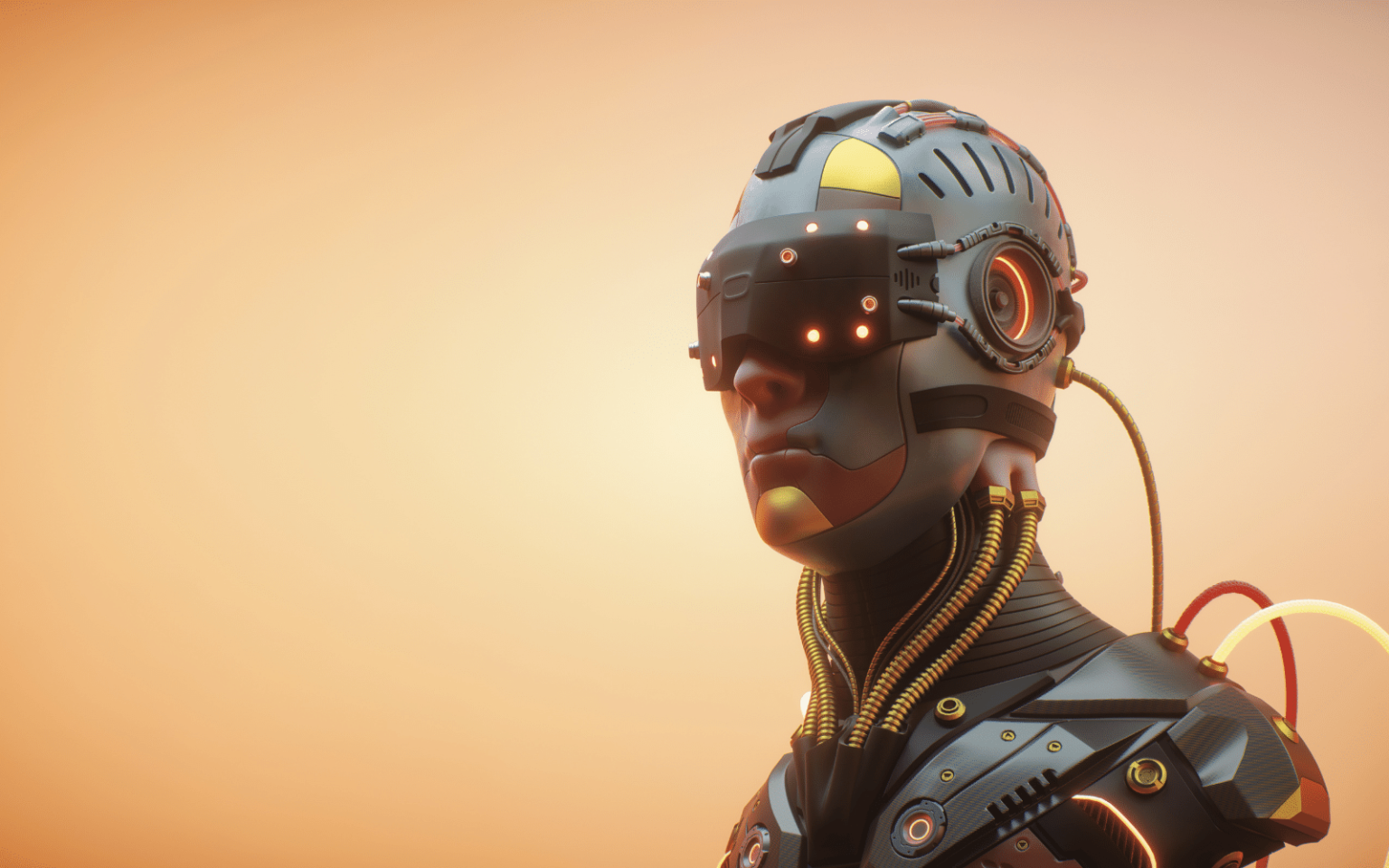The European Space Agency made history last week with the announcement of the first “parastronaut”, 41-year-old UK citizen John McFall. He is the first candidate selected for the Parastronaut Feasibility project, described by ESA as a “serious, dedicated and honest attempt to clear the path to space for a professional astronaut with a physical disability”. McFall, a former Paralympic sprinter, had his right leg amputated after a motorcycle accident at age 19. Most of us are familiar with images of gruelling astronaut selection tests and training from movies such as The Right Stuff. ESA seeks to answer the practical question of what…
Author: The Conversation
The night sky is a shared wilderness. On a dark night, away from the city lights, you can see the stars in the same way as your ancestors did centuries ago. You can see the Milky Way and the constellations associated with stories of mythical hunters, sisters and journeys. But like any wilderness, the night sky can be polluted. Since Sputnik 1 in 1957, thousands of satellites and pieces of space junk have been launched into orbit. For now, satellites crossing the night sky are largely a curiosity. But with the advent of satellite constellations – containing hundreds or thousands of satellites…
Most species are transitory. They go extinct, branch into new species or change over time due to random mutations and environmental shifts. A typical mammalian species can be expected to exist for a million years. Modern humans, Homo sapiens, have been around for roughly 300,000 years. So what will happen if we make it to a million years? Science fiction author H.G. Wells was the first to realise that humans could evolve into something very alien. In his 1883 essay, Man in the year million, he envisioned what’s now become a cliche: big-brained, tiny-bodied creatures. Later, he speculated that humans could also split…
Physicists have long struggled to explain why the universe started out with conditions suitable for life to evolve. Why do the physical laws and constants take the very specific values that allow stars, planets and ultimately life to develop? The expansive force of the universe, dark energy, for example, is much weaker than theory suggests it should be – allowing matter to clump together rather than being ripped apart. A common answer is that we live in an infinite multiverse of universes, so we shouldn’t be surprised that at least one universe has turned out as ours. But another is that our universe…
It’s late November, which means the holiday sales period has well and truly begun. If you haven’t already seen your spending go up, the possibility is looming. And you probably have some concerns about spending your money wisely. Furthermore, shopping can be a harrowing experience, and our attitudes towards money are tied up in all kinds of feelings. Based on psychology, here are three tips to improve the way you spend your hard-earned cash this holiday season. Before the purchase – patience is your friend One of the amazing features of the human mind is that we can mentally time…
Titanium is a strong, resilient and relatively light metal. Its properties have also been well studied; scientists know a great deal about it. All of this makes it the ideal base for fashioning artificial limbs – particularly knees and hips – and teeth. It is less likely than other metals to rust and, as research has shown, it is more compatible with the human body than, for instance, stainless steels and cobalt based materials. But there’s a major problem: titanium is not cheap. Precise data is hard to come by, but a conservative average cost of titanium-based prostheses is between US$3,000 and US$10,000.…
Until recently, Twitter’s blue checkmark logo was (for better or worse) a trusted mark of authenticity. But under the façade of democratizing the platform, Elon Musk allowed the blue checkmark to be purchased by anyone — with unsurprisingly chaotic results. Impersonators soon made use of the blue checkmark, with negative consequences for those brands, companies and public figures who had their Twitter accounts impersonated. After a Twitter Blue account impersonated pharmaceutical company Eli Lilly and announced that insulin would be free, the pharmaceutical giant lost over US $15 billion in market cap. This shines a light on a greater problem in our society: how…
You might have come across #EatWithMe videos on TikTok, which typically feature young women eating food while encouraging viewers to eat along with them. Many such content creators say they aim to help people with eating disorders overcome their fear of food. But some videos tagged #EatWithMe also feature the hashtag “mukbang” (which are videos showing people eating an often vast amount of food). So, what’s the connection between #EatWithMe videos and mukbang? And what are we to make of claims #EatWithMe videos could help people overcome a fear of eating? #EatWithMe videos The #EatWithMe videos on TikTok represent a…
Since the first planet orbiting a star other than the Sun was discovered in 1995, we have realised that planets and planetary systems are more diverse than we ever imagined. Such distant worlds – exoplanets – give us the opportunity to study how planets behave in different situations. And learning about their atmospheres is a crucial piece of the puzzle. Nasa’s James Webb space telescope (JSTW) is the largest telescope in space. Launched on Christmas Day 2021, it is the perfect tool for investigating these worlds. Now my colleagues and I have used the telescope for the first time to unveil the…
Neil Armstrong took his historic “one small step” on the Moon in 1969. And just three years later, the last Apollo astronauts left our celestial neighbour. Since then, hundreds of astronauts have been launched into space but mainly to the Earth-orbiting International Space Station. None has, in fact, ventured more than a few hundred kilometres from Earth. The US-led Artemis programme, however, aims to return humans to the Moon this decade – with Artemis 1 on its way back to Earth as part of its first test flight, going around the Moon. The most relevant differences between the Apollo era and the mid-2020s are an…










